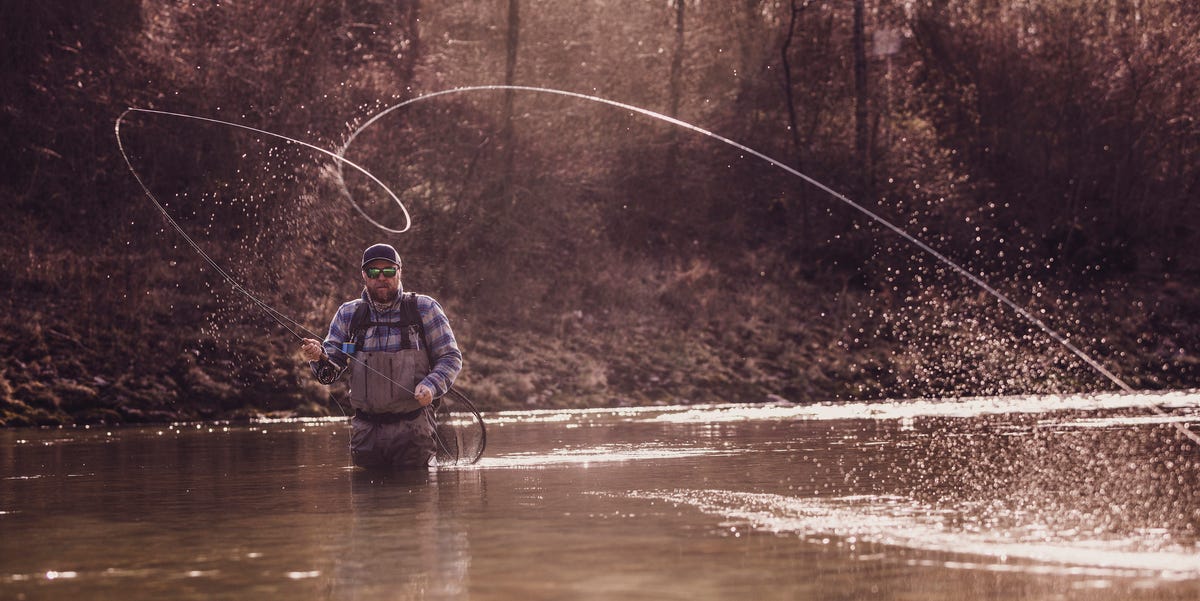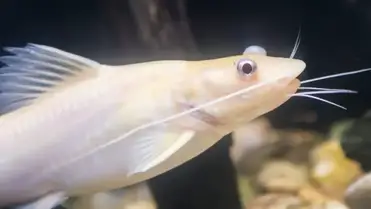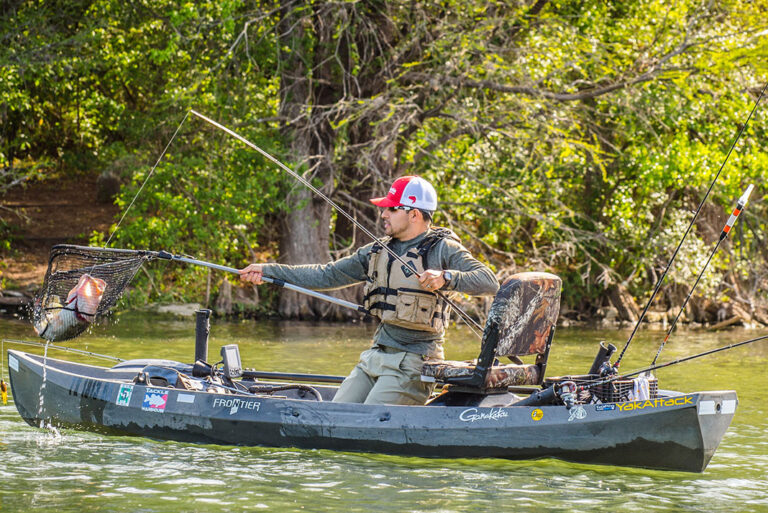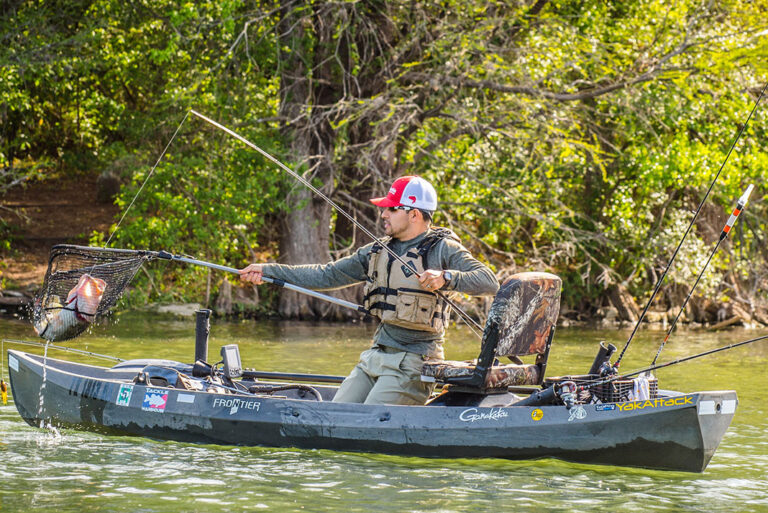Techniques for river fishing include using live bait, proper casting techniques, and reading the water to find fish. River fishing requires a unique skill set and understanding of the environment to increase your chances of a successful catch.
Fishing in a river can be a challenge for even the most experienced angler. With constantly flowing water, various currents, and different types of fish, it can be difficult to know where to start. However, with the right techniques and knowledge, river fishing can be both enjoyable and productive.
Some useful tips for river fishing include selecting the right equipment, using live bait or lures, casting correctly, and reading the water to locate fish. Additionally, understanding the habitat and behavior of the fish you are targeting can help increase your chances of a successful catch. By using these techniques, you can become a skilled river angler and reel in a great catch.

Credit: www.popularmechanics.com
Understanding The Basics Of River Fishing
River fishing is a popular form of angling that requires anglers to have a thorough understanding of the river ecosystem. Different from other types of fishing, river fishing demands a particular set of techniques, skills, and knowledge to catch fish successfully.
In this section, we’ll discuss the basics of river fishing, including what river fishing is, why it’s different from other types of fishing, and tips for selecting the best fishing location.
What Is River Fishing?
River fishing is a type of angling that involves catching fish in freshwater rivers and streams. It’s a popular pastime for many anglers, and it requires a different set of skills than other types of fishing. River fishing is often considered more challenging than lake or pond fishing due to the constantly changing water conditions and the natural flow of the river.
Why Is River Fishing Different From Other Types Of Fishing?
River fishing is different from other types of fishing because of the unique challenges and characteristics of rivers and streams. Unlike still water, rivers and streams are continually flowing and changing, which makes it more challenging to predict where the fish will be.
River fishing also requires different techniques such as casting upstream and across the current, controlling the speed and depth of the lure, and using different types of bait to mimic the natural prey of the fish.
Understanding The River Ecosystem
To be successful at river fishing, it’s essential to have a good understanding of the river ecosystem. Here are some essential elements you need to know:
- Fish species: Different types of fish live in different parts of a river or stream. It’s important to know which species are found in the area you are fishing, what they eat, and what their feeding habits are.
- Water levels: The water levels in a river can change rapidly, depending on rainfall, snowmelt, and other factors. Understanding how water levels affect the fish’s behavior can help you catch more fish.
- Water temperature: The temperature of the water can also affect the fish’s behavior. For example, some species of fish are more active when the water is warmer, while others prefer colder water.
- Current: The current in a river can vary depending on the depth and width of the river. Fish usually position themselves in areas where the current is slower, so understanding the current’s dynamics can help you catch more fish.
Tips For Selecting The Best Location For River Fishing
Selecting the best location for river fishing can be challenging, but these tips can help:
- Look for structure: Fish often congregate around underwater structures such as rocks, logs, and submerged vegetation. These structures provide shelter and protection, making them the ideal place for fish to hide and feed.
- Pay attention to water depth: Different species of fish prefer different water depths, so it’s crucial to understand the fish’s needs you’re targeting. For example, trout are often found in shallow water, while catfish prefer deeper water.
- Follow the edges: The edge of the river is where the shallow water meets the deep water, making it an excellent spot for fish to feed and hide.
- Consider the time of day: Different fish species are more active at different times of the day. For example, trout are more active during the morning and evening, while catfish are more active at night.
By understanding the basics of river fishing, anglers can increase their chances of catching fish. Remember to consider the river ecosystem and select the best location for fishing. Good luck and happy fishing!
Essential Tools And Techniques For River Fishing Mastery
River fishing involves using specific tools and techniques that may be slightly different from those used in other types of fishing. As a result, it is essential to know the right tools to use and the ideal techniques to employ to succeed.
Here are some must-have tools, bait and lure considerations, casting techniques, and handling tips that will help you become a pro at river fishing.
Must-Have Tools For River Fishing
Before setting out for river fishing, you need to have the proper tools. Having the right equipment can help you to stay comfortable, cast better, and increase your chances of catching more fish. Here are some of the must-have tools for river fishing:
- Waders: Waders help you to stay dry and move more comfortably along the river banks. You can either choose chest-high or waist-high waders, depending on your preference and the water depth.
- Fishing rod: Choose the right rod for the type of fish you want to catch. The rod’s strength and length will vary based on the size and strength of fish you are targeting.
- Reel: A good fishing reel with a strong drag system is essential in river fishing. It helps you to retrieve the line smoothly and quickly, even if a fish swims upstream.
- Tackle box: Keep all your hooks, lures, and bait in a tackle box for easy access and storage. A waterproof tackle box is ideal for rivers where you might get wet.
- Polarized sunglasses: Polarized sunglasses help you see through the water, reducing glare, and improving visibility.
- Knife or pliers: It’s important to have a knife or pliers for removing hooks or cutting fishing lines.
Understanding Bait And Lures
A crucial aspect of river fishing is knowing the ideal bait and lures to use. Different types of fish respond differently to different baits and lures, so it’s important to choose carefully. Here are some tips to help you:
- Research the fish species you want to catch: Identify the type of fish in the river and research the most effective bait and lures to use.
- Live bait: Use live bait such as worms, minnows, or crickets for natural and attractive presentations.
- Artificial lures: Use artificial lures like spinners, spoons, and jigs that mimic baitfish or insects.
- Consider the water conditions: Use bright or loud lures when the water is murky and natural or subtle lures in clear water.
Techniques For Casting And Hooking The Fish
Casting and hooking techniques are crucial to successful river fishing. Here are some casting and hooking techniques to keep in mind:
- Casting: Use an underhand casting technique in low clear water, sidearm cast in medium water, and overhead cast in high water.
- Hooking the fish: Wait for the bait to sink to the desired depth before starting to retrieve. When a fish bites, set the hook by lifting the fishing rod gently.
Tips For Handling Fish In A River Environment
Handling fish in a river environment might be more complicated than in still water. Here are some tips to help you handle the fish safely:
- Keep the fish away from water currents: Hold the fish away from the water current to prevent it from struggling.
- Wet hands or net: Wet your hands or use a net before handling the fish. This will help to prevent friction and damage to the fish’s skin.
- Remove hooks carefully: Use pliers to remove the hook carefully from the fish’s mouth, and release it back into the river gently.
By following these essential tools and techniques for river fishing mastery, you will be well-equipped to catch more fish and become a pro at river fishing.
Conclusion
After reading through this guide to techniques for river fishing, you should now have a solid understanding of the best methods to use when fishing in a river. Whether you are a beginner or an experienced angler, the tips outlined in this post can help you improve your chances of catching that big fish.
Remember to pay attention to the details and make the necessary adjustments to your gear and approach, depending on the specific conditions of the river you are fishing on. By investing the time to learn and implement these techniques, you will be well on your way to becoming a successful river fisherman.
So grab your rod, hit the water, and let these techniques guide you to your next big catch. Happy fishing!






